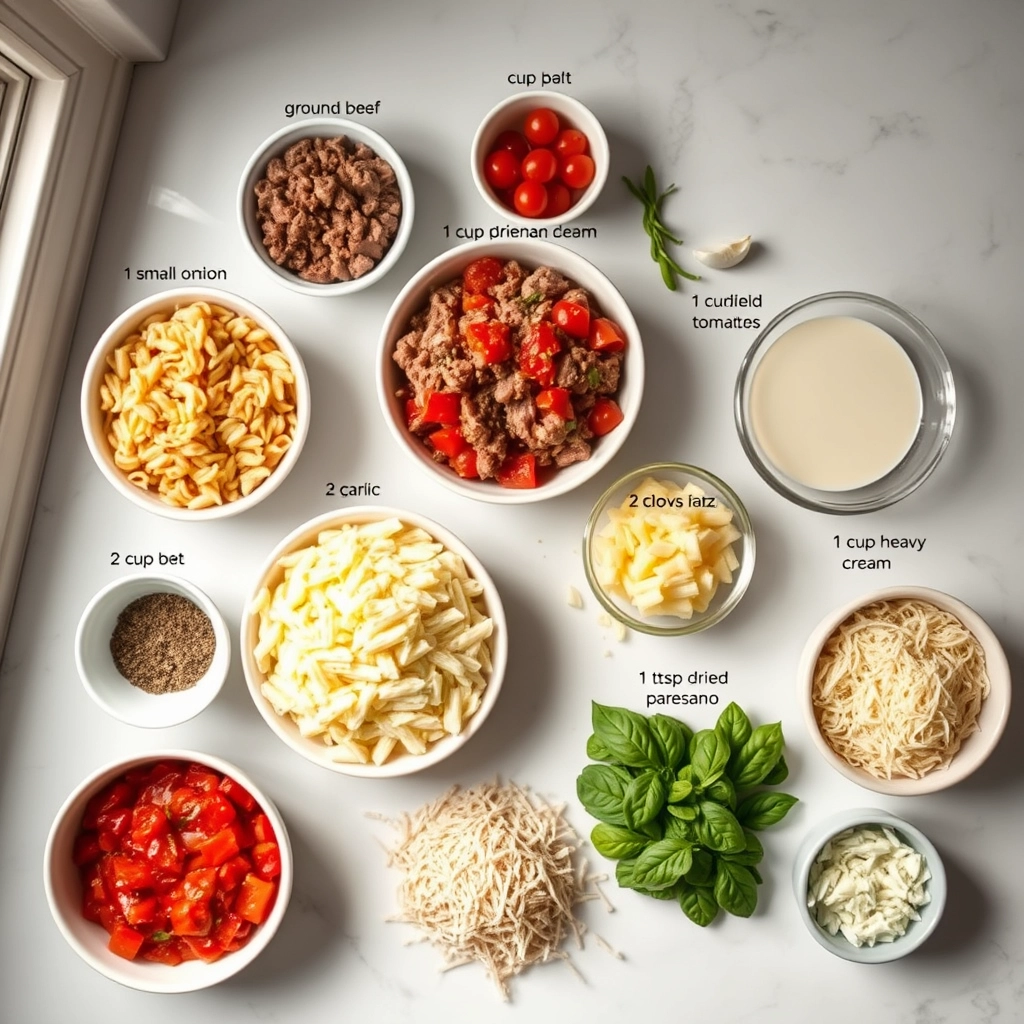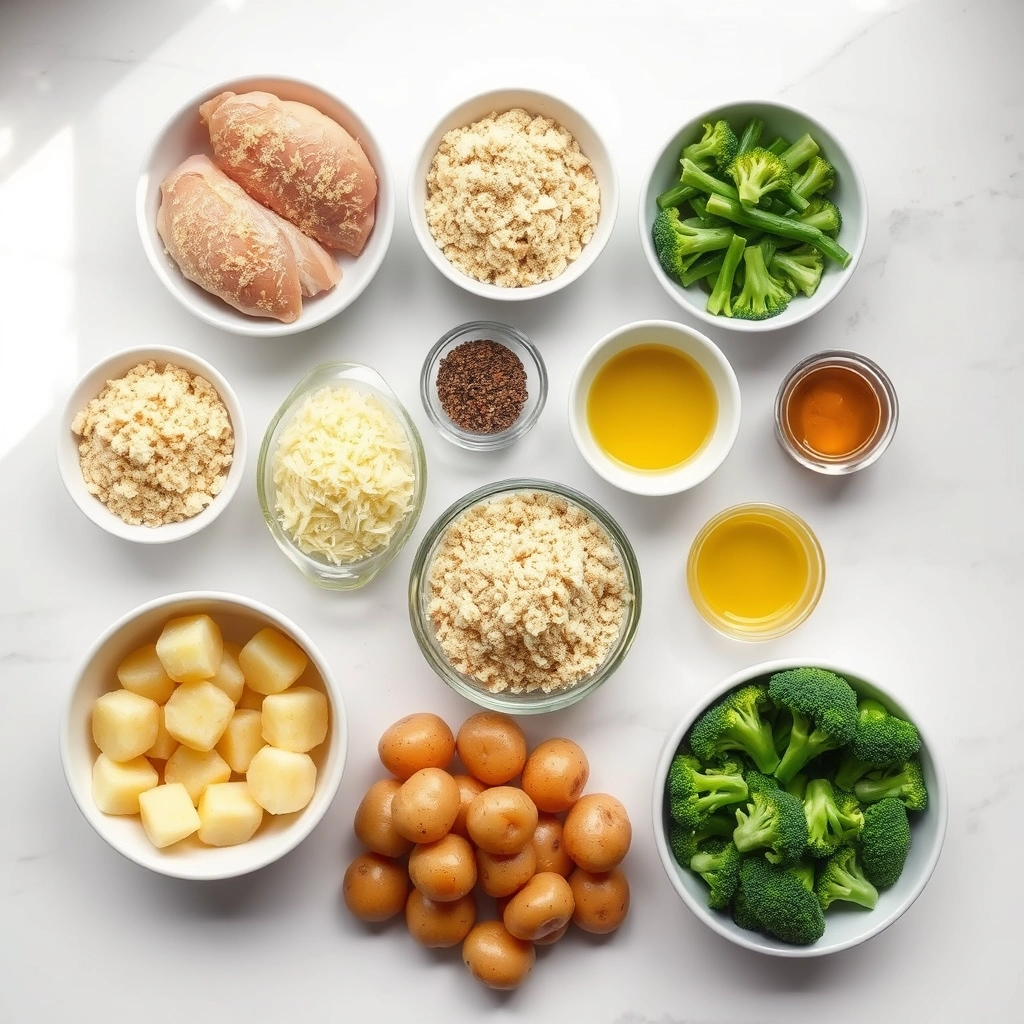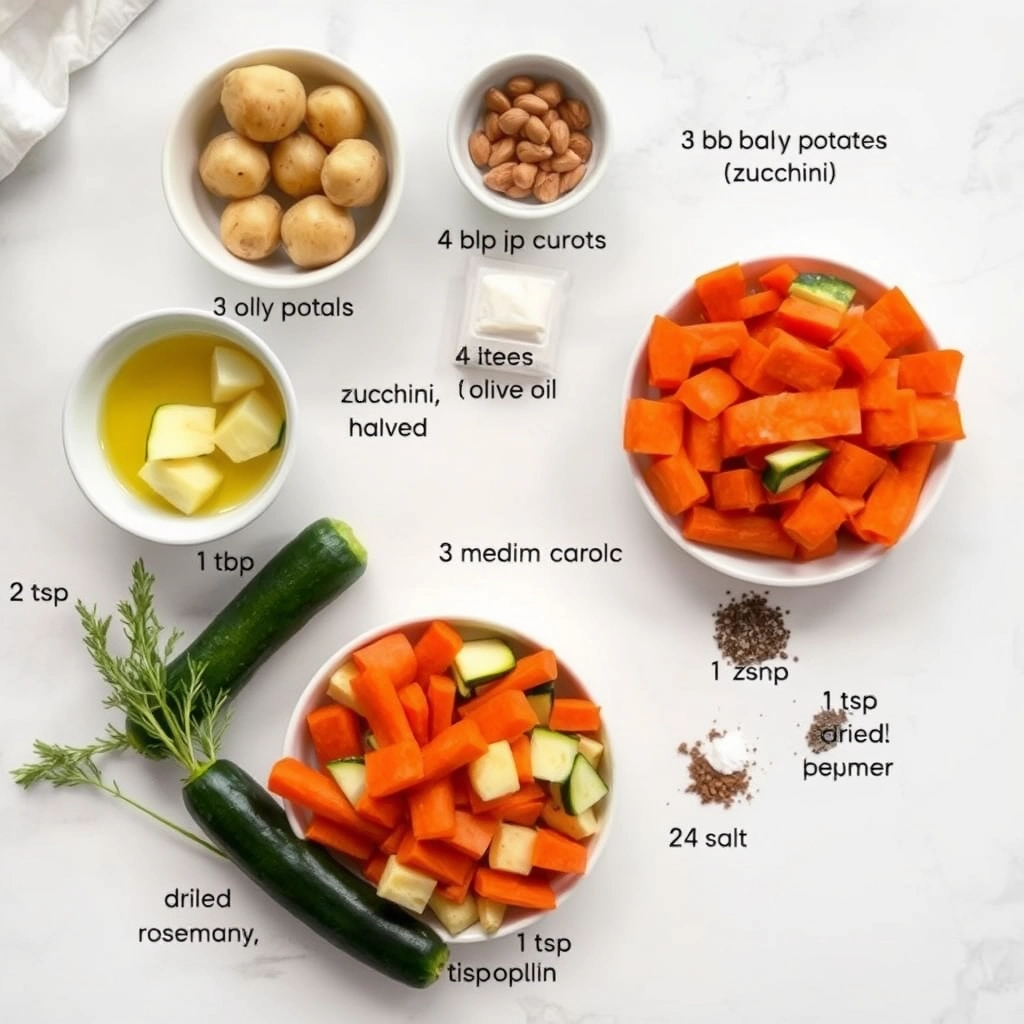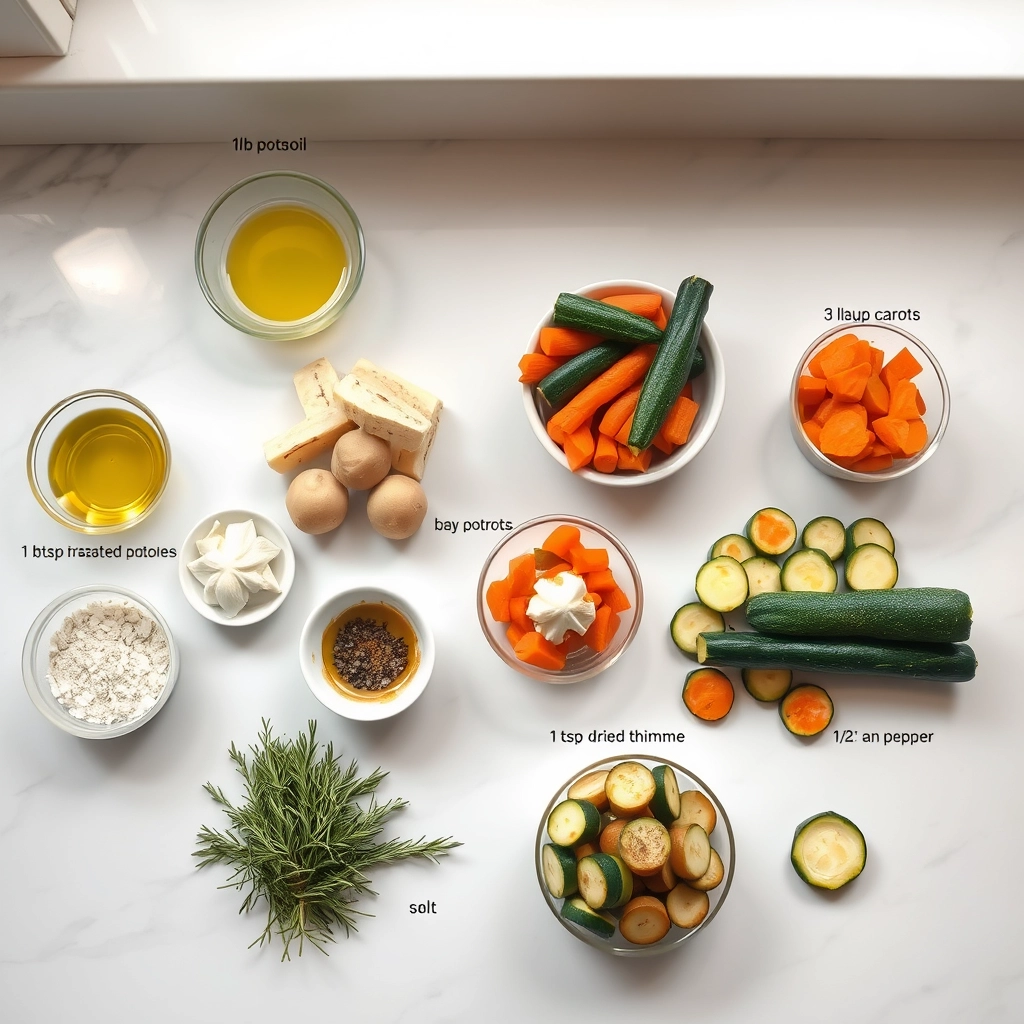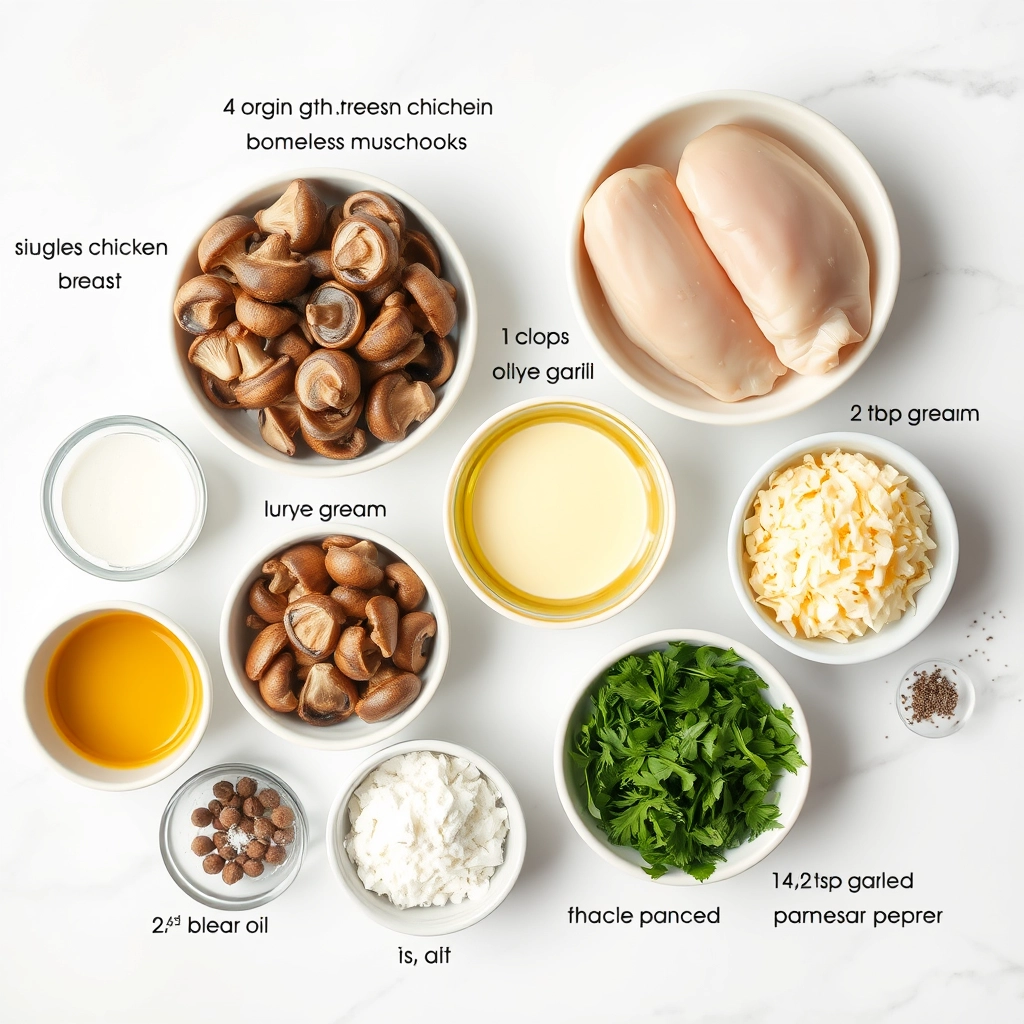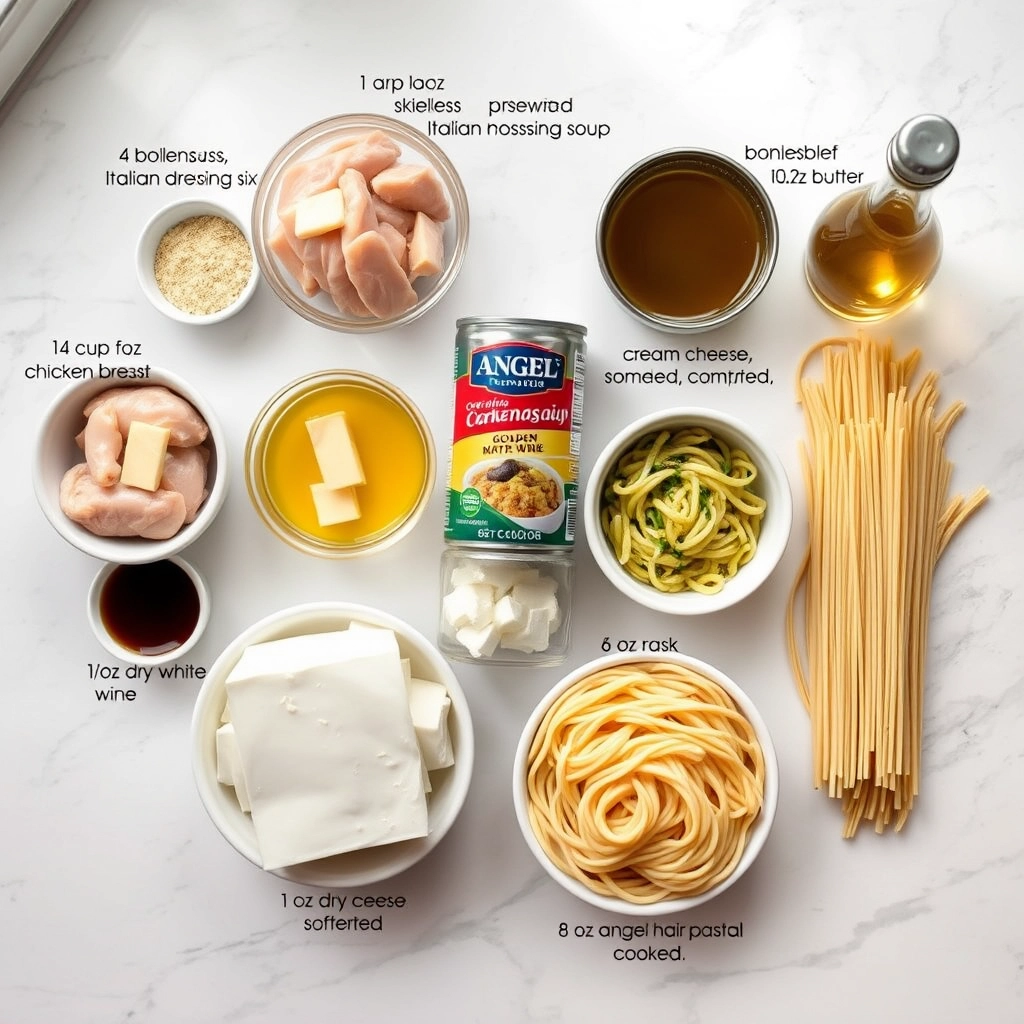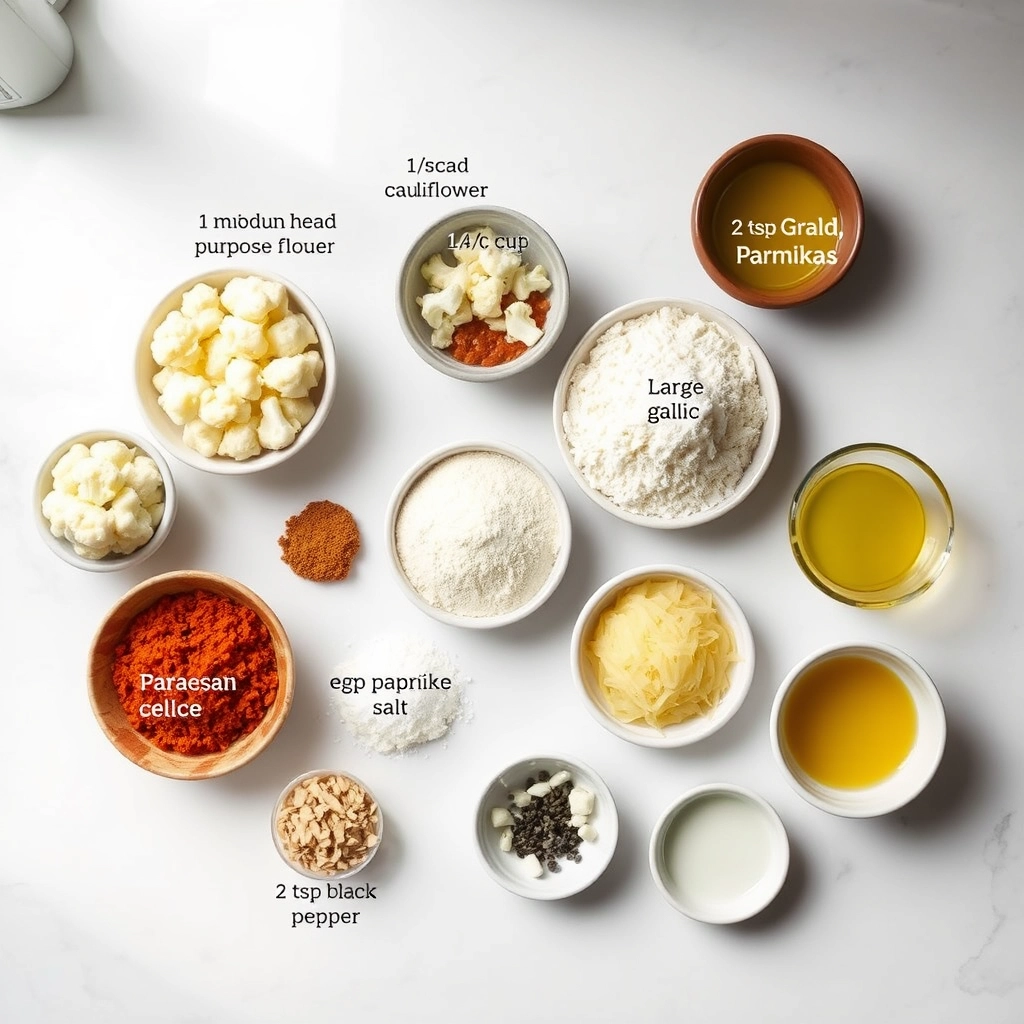Easy Cowboy Casserole: A Hearty Hug in a Dish
There’s something about a casserole that feels like a warm embrace after a long day—especially one as hearty and unpretentious as this Easy Cowboy Casserole. I first fell in love with this dish during a chilly autumn evening when my cousin, a true Texan at heart, showed up at my doorstep with a bubbling pan of it. The aroma alone—smoky, savory, and just a little bit cheesy—made my stomach growl before she even lifted the lid. It’s the kind of meal that fills your kitchen with comfort and your belly with joy, no fancy techniques required. Perfect for busy weeknights, potlucks, or those days when you just need a little extra coziness.
What You’ll Need
This recipe is all about simplicity and big flavors. Here’s what you’ll need to whip up this crowd-pleaser:
- 1 lb ground beef – I like using 80/20 for the best flavor, but leaner works too.
- 1 small yellow onion, diced – The sweet, caramelized bits are key.
- 1 bell pepper (any color), diced – Adds a pop of freshness and color.
- 2 cloves garlic, minced – Because what’s a savory dish without garlic?
- 1 can (15 oz) corn, drained – Sweet corn brings a little sunshine to the dish.
- 1 can (10.5 oz) cream of mushroom soup – The creamy binder that holds it all together.
- 1 cup shredded cheddar cheese – Extra sharp for maximum flavor, please!
- 1 bag (30 oz) frozen tater tots – The crispy, golden crown of this casserole.
- 1 tsp smoked paprika – For that whisper of campfire smokiness.
- Salt and pepper to taste – Don’t be shy—season as you go!
Let’s Get Cooking
Now that we’ve gathered our ingredients, it’s time to transform them into something magical. Here’s how:
- Preheat your oven to 375°F (190°C) and grab a 9×13-inch baking dish. No need to grease it—this casserole is forgiving.
- Brown the beef in a large skillet over medium heat, breaking it up as it cooks. Once it’s no longer pink, toss in the onion and bell pepper. Sauté until they soften, about 5 minutes. Stir in the garlic and let it bloom for 30 seconds—just until your kitchen smells incredible.
- Drain any excess grease (though a little adds flavor!), then stir in the corn, cream of mushroom soup, and smoked paprika. Let everything mingle for a minute or two, then taste and adjust the seasoning. This is your chance to make it perfect!
- Transfer the beef mixture to your baking dish, spreading it into an even layer. Sprinkle half the cheese over the top—because cheese belongs everywhere.
Now, here’s where the fun begins: arrange the tater tots in rows over the beef layer, like little edible soldiers ready for battle. I like to press them gently into the mixture so they crisp up beautifully in the oven. Pop it in, and let’s get ready for the grand finale…
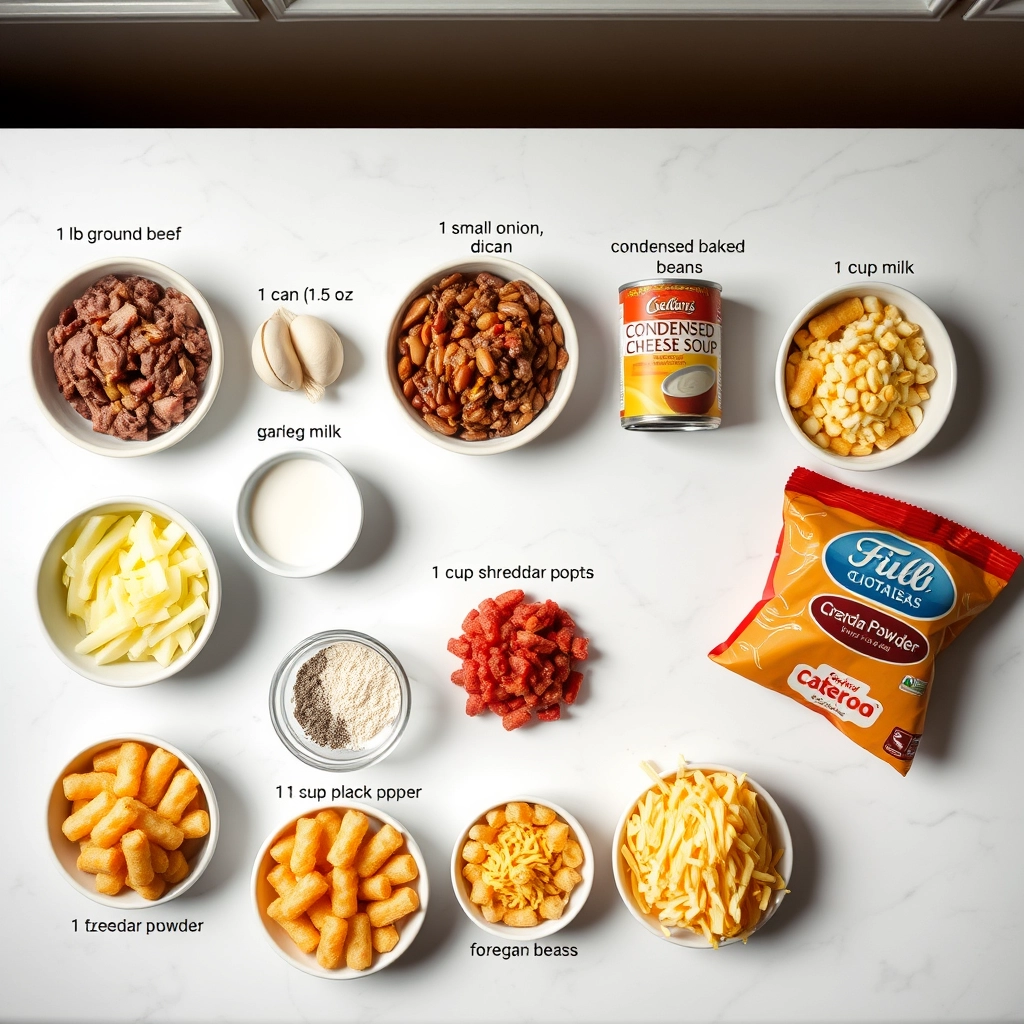
Pro Tips, Variations, and Substitutions
This Easy Cowboy Casserole is as flexible as it is delicious! Here are some ways to make it your own:
- Meat Swap: Ground turkey or chicken works just as well if you’re not a beef fan.
- Veggie Boost: Stir in a cup of corn, diced bell peppers, or black beans for extra color and nutrition.
- Cheese Choices: Pepper jack adds a kick, while smoked cheddar brings a deeper flavor.
- Potato Hack: Short on time? Use frozen tots straight from the bag—no thawing needed!
What to Serve With Cowboy Casserole
This hearty dish stands tall on its own, but a few simple sides complete the meal:
- Crisp green salad with ranch dressing
- Buttery cornbread muffins
- Tangy coleslaw for crunch
- Pickled jalapeños for heat lovers
Storage and Reheating Tips
Leftovers taste even better the next day! Here’s how to keep them perfect:
- Fridge: Store in an airtight container for up to 4 days.
- Freezer: Portion into meal-sized containers and freeze for up to 3 months.
- Reheating: Microwave single servings with a damp paper towel to keep moisture, or bake at 350°F until bubbly (about 20 minutes for refrigerated portions).
Frequently Asked Questions
Can I make this ahead?
Absolutely! Assemble the casserole (without baking), cover tightly, and refrigerate overnight. Add 10-15 minutes to the baking time when ready to cook.
What if I don’t have tater tots?
Crushed potato chips, shredded hash browns, or even sliced potatoes make great stand-ins for that crispy topping we all love.
Is there a way to lighten it up?
Try lean ground beef, reduced-fat cheese, and sweet potato tots for a healthier twist that’s still packed with flavor.
Can I cook this in a slow cooker?
You bet! Brown the meat first, then layer everything in your crockpot. Cook on low for 4-5 hours until potatoes are tender.
Final Thoughts
There’s something magical about how this humble casserole brings people together—maybe it’s the golden tater tot crown, the savory beefy goodness underneath, or simply the way it fills your kitchen with that irresistible “dinner’s ready” aroma. Whether you’re feeding hungry cowhands after a long day or just need a no-fuss family meal, this recipe delivers comfort by the forkful. Don’t be surprised when they come back for seconds!
PrintEasy Cowboy Casserole
Description
A hearty and comforting casserole loaded with ground beef, beans, and a crispy tater tot topping.
Ingredients
For the Crust:
- 1 lb ground beef
- 1 small onion, diced
- 1 can (15 oz) baked beans
- 1 can (10.5 oz) condensed cheddar cheese soup
- 1/2 cup milk
- 1 tsp garlic powder
- 1 tsp onion powder
- 1/2 tsp salt
- 1/2 tsp black pepper
- 1 bag (32 oz) frozen tater tots
- 1 cup shredded cheddar cheese
Instructions
1. Prepare the Crust:
- Preheat oven to 375°F (190°C).
- In a skillet, brown the ground beef with diced onion over medium heat. Drain excess fat.
- Stir in baked beans, cheddar cheese soup, milk, garlic powder, onion powder, salt, and pepper. Mix well.
- Transfer the beef mixture to a greased 9×13-inch baking dish.
- Arrange frozen tater tots in a single layer over the beef mixture.
- Sprinkle shredded cheddar cheese evenly over the tater tots.
- Bake for 30 minutes or until tater tots are golden and crispy.
- Let cool for 5 minutes before serving.
Notes
You can customize the seasonings to taste.


